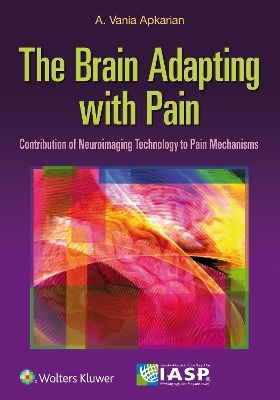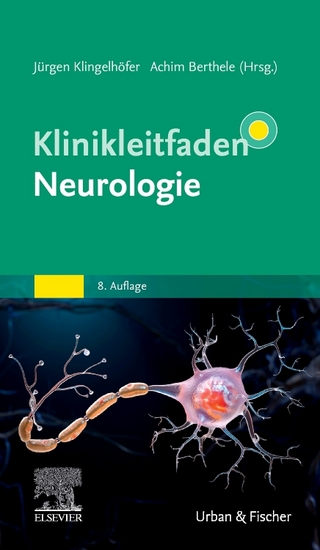
The Brain Adapting with Pain
Contribution of Neuroimaging Technology to Pain Mechanisms
Seiten
2015
Lippincott Williams and Wilkins (Verlag)
978-1-4963-1749-0 (ISBN)
Lippincott Williams and Wilkins (Verlag)
978-1-4963-1749-0 (ISBN)
- Titel ist leider vergriffen;
keine Neuauflage - Artikel merken
Ideal for anyone with an interest in the increasing role of brain imaging in understanding pain perception and pain mechanisms, this unique, full-color IASP publication thoroughly covers technical advances in the field as well as potential new applications. Dozens of worldwide experts first demystify the technological concepts that are crucial for proper understanding and interpretation of neuroimaging findings, then explore new advances in understanding brain mechanisms of pain, in human as well as animal models.
Key Features
Covers key topics in the field, including the historical perspective, technology, animal pain neuroimaging, acute pain, neuroplasticity of chronic pain, chronic pain, pain modulation, ethical conflicts, and future directions
Highlights strengths and weaknesses of specific neuroimaging techniques , and includes divergent views regarding outcomes and implications.
Provides a short commentary from Dr. Apkarian, covering significant advances and unanswered questions.
Ensures that both the experienced scientist and the general clinician will find the information they need to understand the current state of the field as well as potential future directions regarding the interaction between the brain and pain.
Discusses both acute and various chronic pain conditions from a functional/physiological, structural/anatomical perspective, and evaluates the tools with which new therapies should be developed for properly treating and/or preventing pain states.
Key Features
Covers key topics in the field, including the historical perspective, technology, animal pain neuroimaging, acute pain, neuroplasticity of chronic pain, chronic pain, pain modulation, ethical conflicts, and future directions
Highlights strengths and weaknesses of specific neuroimaging techniques , and includes divergent views regarding outcomes and implications.
Provides a short commentary from Dr. Apkarian, covering significant advances and unanswered questions.
Ensures that both the experienced scientist and the general clinician will find the information they need to understand the current state of the field as well as potential future directions regarding the interaction between the brain and pain.
Discusses both acute and various chronic pain conditions from a functional/physiological, structural/anatomical perspective, and evaluates the tools with which new therapies should be developed for properly treating and/or preventing pain states.
| Erscheint lt. Verlag | 7.8.2015 |
|---|---|
| Verlagsort | Philadelphia |
| Sprache | englisch |
| Maße | 178 x 254 mm |
| Gewicht | 839 g |
| Themenwelt | Medizin / Pharmazie ► Medizinische Fachgebiete ► Neurologie |
| Medizin / Pharmazie ► Medizinische Fachgebiete ► Radiologie / Bildgebende Verfahren | |
| Medizin / Pharmazie ► Medizinische Fachgebiete ► Schmerztherapie | |
| Medizin / Pharmazie ► Studium | |
| ISBN-10 | 1-4963-1749-1 / 1496317491 |
| ISBN-13 | 978-1-4963-1749-0 / 9781496317490 |
| Zustand | Neuware |
| Haben Sie eine Frage zum Produkt? |
Mehr entdecken
aus dem Bereich
aus dem Bereich
interdisziplinäre Diagnose- und Behandlungsstrategien
Buch | Hardcover (2024)
Urban & Fischer in Elsevier (Verlag)
97,00 €
Buch | Hardcover (2024)
Springer (Verlag)
139,99 €


